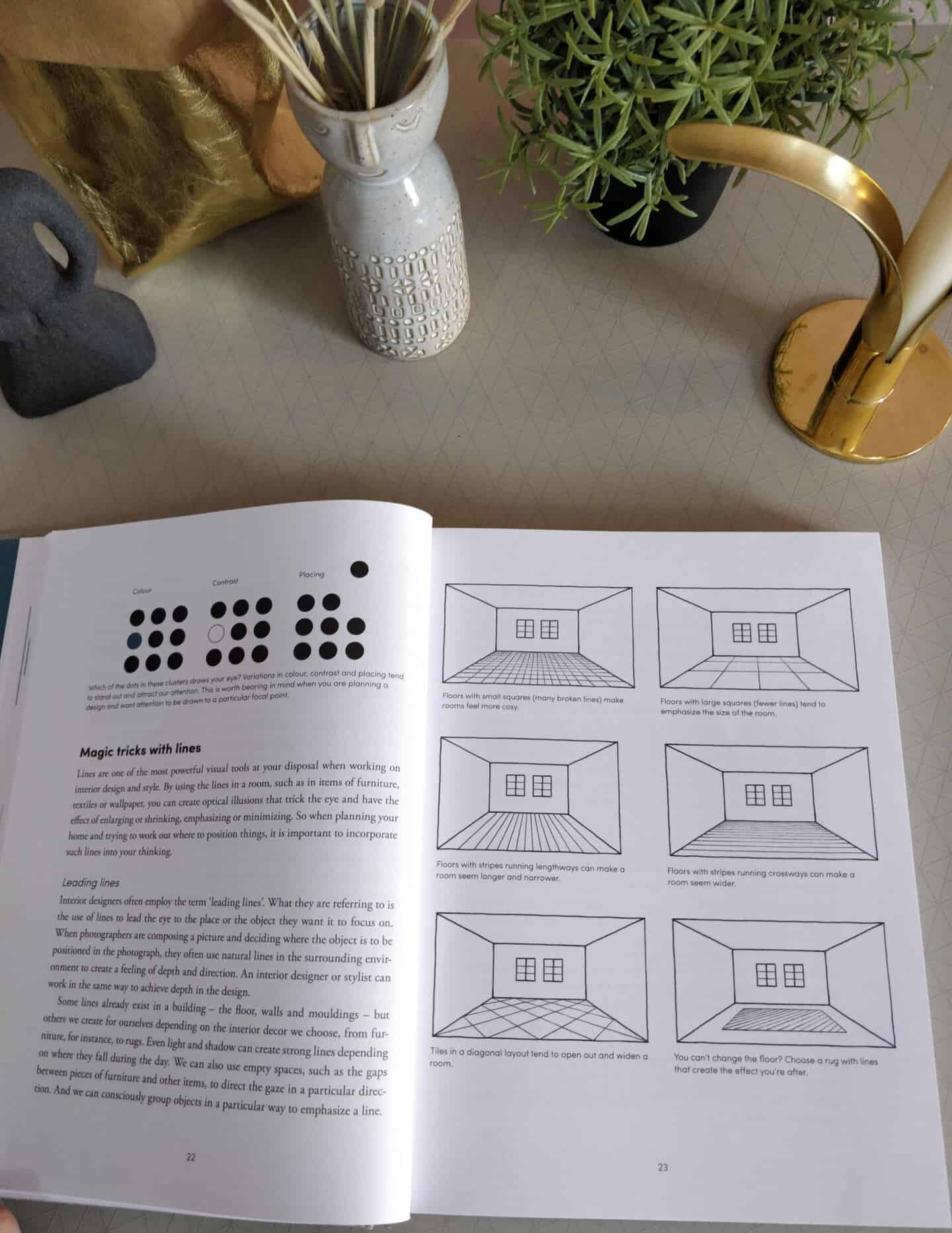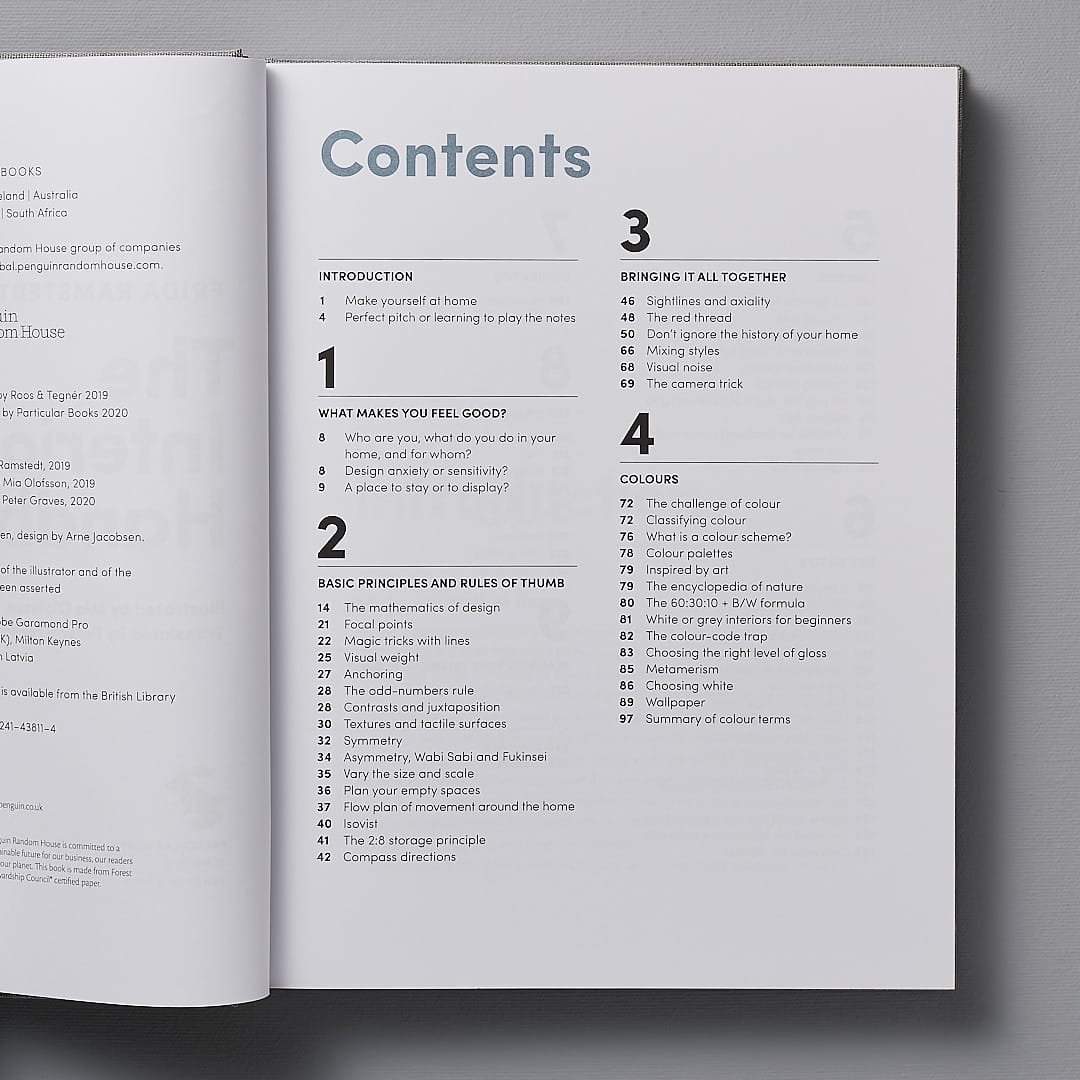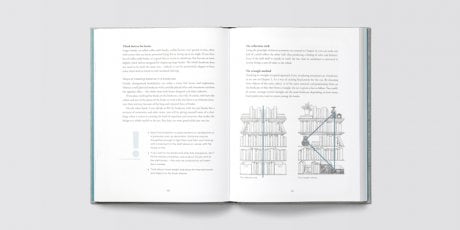Welcome to the ultimate guide on interior design! Whether you’re redecorating a single room or undertaking a complete home renovation, having a solid grasp of interior design fundamentals can transform your space into something truly special. This handbook is designed to offer you a wealth of knowledge, from basic principles to advanced techniques, all enriched with personal anecdotes and insights from my own experiences in interior design.
Table of Contents
- What is Interior Design?
- A Brief History of Interior Design
- Key Principles of Interior Design
- Popular Interior Design Styles
- The Interior Design Process
- Essential Tools for Interior Design
- Embracing Sustainable Design
- Frequently Asked Questions
- Conclusion
What is Interior Design?
Interior design is more than just decorating a room; it is a comprehensive practice that combines architecture, furniture design, color theory, and spatial aesthetics. As someone who has transformed dozens of homes over the years, I can tell you that successful interior design creates a functional and beautiful environment tailored to the needs and tastes of its occupants.
A Brief History of Interior Design
The history of interior design is rich and varied, reflecting cultural shifts and technological advancements. From ancient civilizations that used intricate murals and tapestries to decorate their living spaces to the modern minimalist styles of today, interior design has evolved tremendously. My personal favorite era is the mid-20th century, characterized by bold colors and innovative designs.
Key Principles of Interior Design
Understanding the core principles of interior design can significantly enhance your decorating efforts. This section breaks down five key principles to consider:

Balance
Balance refers to the visual weight of objects in a space, creating a sense of equilibrium. There are three types of balance: symmetrical, asymmetrical, and radial. For example, a well-balanced room feels harmonious, drawing the eye around the space.
Harmony
Harmony is achieved when all elements of a design work together cohesively. This can be done through colors, textures, and styles that complement one another. In my own designs, I often find that subtle shades of color can tie a room together beautifully.

Contrast
Contrast adds excitement by juxtaposing different elements, such as mixing light and dark colors or soft and hard textures. This principle can create focal points in your design and enhance visual interest.
Scale and Proportion
Scale refers to the size of objects in relation to the space, while proportion is about the relationship between different objects. When choosing furniture, it’s crucial to consider whether it fits within the context of your room’s size.

Rhythm
Rhythm in interior design creates movement through repetition and patterns. This can be achieved by repeating colors, materials, or shapes throughout your space, guiding the eye naturally from one element to the next.
Popular Interior Design Styles
There are countless interior design styles to choose from, and exploring them can help you find your personal aesthetic. Below are some of the most popular styles today:

Modern
Modern design emphasizes clean lines, open spaces, and minimal decoration. Think of sleek furniture with neutral colors and elegant simplicity.
Traditional
Traditional designs are characterized by rich colors, classic furniture, and a sense of history. This style exudes warmth and comfort, making it perfect for family homes.

Minimalism
Minimalism focuses on simplicity and functionality. It often utilizes a monochromatic palette and strategic use of space to create a clutter-free environment.
Industrial
The industrial style borrows from urban lofts and warehouses, featuring raw materials like exposed brick, metal, and wood. It’s perfect for those who love a trendy, edgy vibe.

Bohemian
Bohemian style is an eclectic mix of colors, patterns, and textures. It reflects a carefree lifestyle, often showcasing a collection of global decor elements.
The Interior Design Process
Embarking on an interior design project can seem daunting, but breaking it down into a structured process can simplify things. Here’s a step-by-step guide I’ve found effective:

Research and Inspiration
Begin by gathering inspiration from magazines, Pinterest boards, or even nature. Create a mood board that encapsulates your vision. During this phase, I always recommend noting down what resonates with you personally.
Planning Your Space
Once your inspiration is set, start planning the layout of your room. Consider functionality and flow; you’ll want to create a space that is both beautiful and practical.
Execution of Design
Now comes the fun part—implementing your design! This involves sourcing materials, purchasing furniture, and setting everything up. I often leverage online retailers for unique pieces, adding a personal touch to the design.
Final Setup and Decor
Once everything is in place, it’s time for the final touches. This includes adding decorative items like plants, artworks, and textiles. A space truly comes alive with personal touches!
Essential Tools for Interior Design
Having the right tools can make a significant difference in your design process. Here is a list of essential tools I recommend:
- Measuring Tape: Accurate measurements are critical for ensuring your furniture fits perfectly.
- Interior Design Software: Programs like SketchUp or AutoCAD can help you visualize your designs in 3D.
- Color Wheel: A helpful tool for choosing complementary colors.
- Fabric Swatches: Always test fabrics in your space to see how they interact with light.
- Decor Blogs and Magazines: Staying updated with trends can inspire new ideas.
Embracing Sustainable Design
In recent years, sustainability has become a priority in interior design. It’s not just a trend; it’s a responsibility. My journey into sustainable design started with small changes, like choosing eco-friendly materials and incorporating plants to improve air quality. Here are some ideas to make your space more sustainable:
- Use Recycled Materials: Consider furniture made from reclaimed wood or recycled metals.
- Opt for Energy-Efficient Lighting: LED lights are a great choice for reducing energy consumption.
- Invest in Quality Over Quantity: Durable pieces reduce waste over time.
Frequently Asked Questions
What are the most important elements of interior design?
The most important elements include space, line, forms, light, color, texture, and pattern. Understanding these can help you create harmonious designs.
How can I develop my interior design style?
Start by exploring different styles through magazines and online platforms. Create a mood board to identify patterns in what resonates with you.
Is hiring an interior designer worth it?
If you’re unsure about your design abilities or have a complex space, hiring a professional can save time and ensure a cohesive look.
What is the average cost of interior design services?
Costs vary widely based on location and the designer’s experience. Typically, rates range from $50 to $200 per hour, or a flat fee might be charged for specific projects.
Conclusion
Interior design is a rewarding journey that can greatly enhance the quality of your living space. By understanding the principles, styles, and processes outlined in this handbook, you are well-equipped to create a space that reflects your personality and needs. Remember, interior design is a personal expression, so embrace your creativity and enjoy the process. Happy designing!